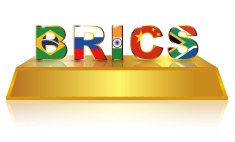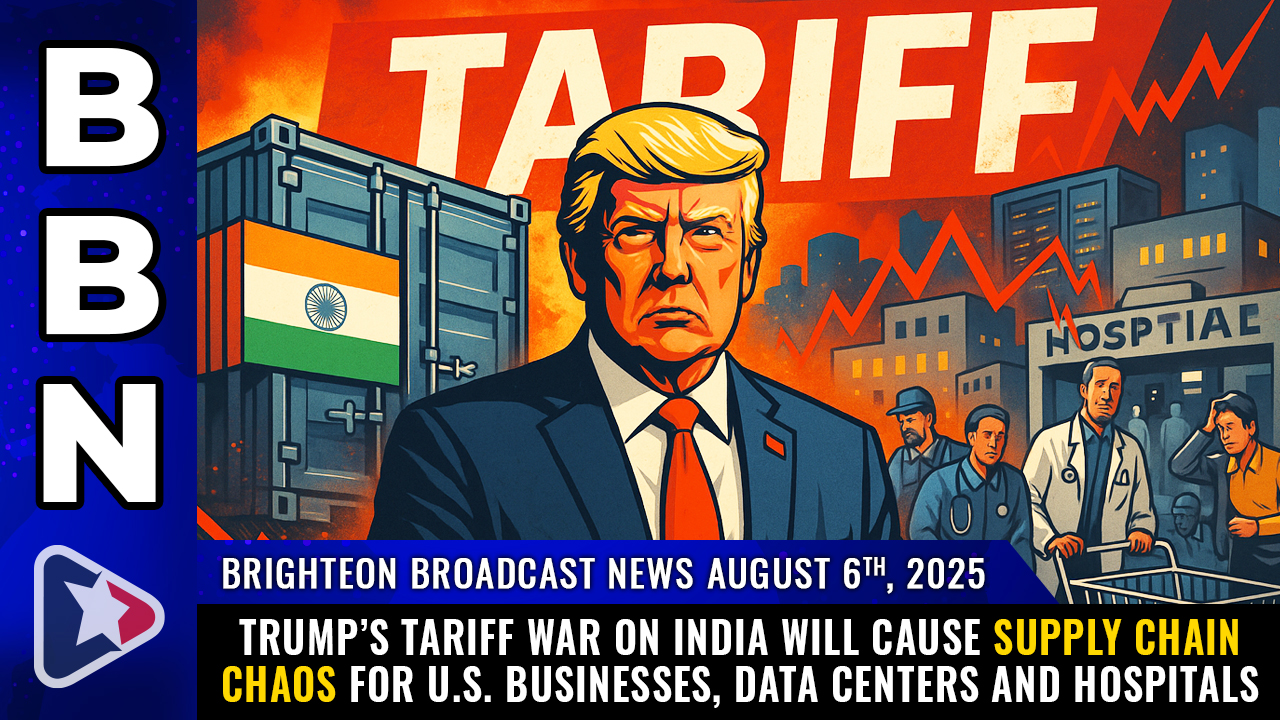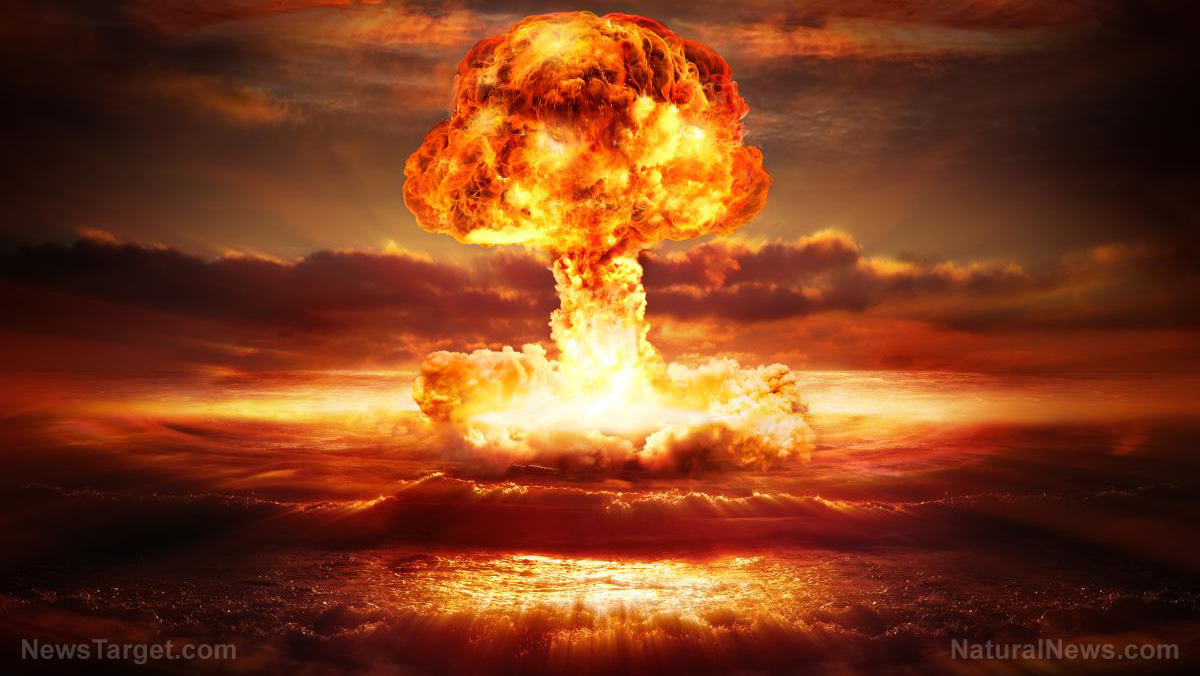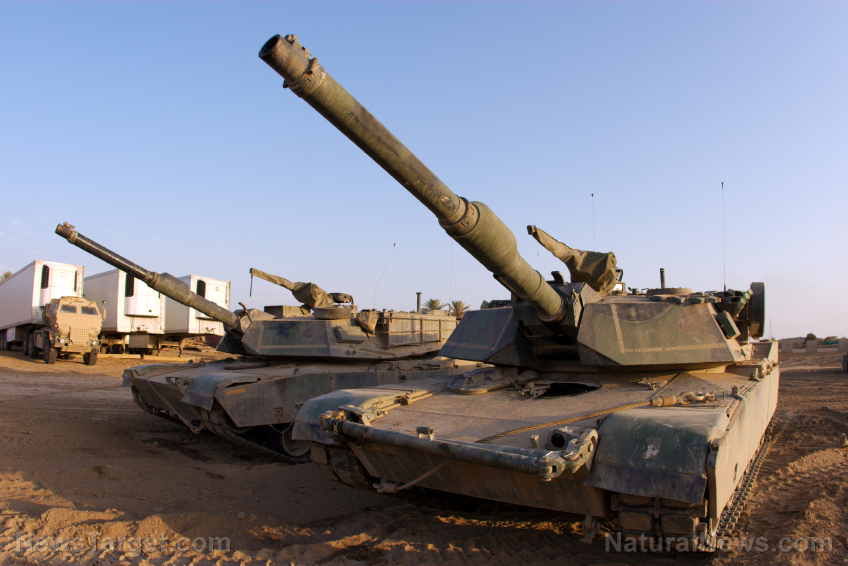 Parler
Parler Gab
Gab
- BRICS’s global influence expands as U.S. imposes new tariffs on South Africa.
- U.S. applies 30% tariffs on South African exports, excluding key minerals.
- BRICS nations call for reform of IMF, World Bank, pushing multipolar economic order.
- 11th BRICS Parliamentary Forum advocates for sovereign trade, women’s representation, AI regulation.
- China emerges as architect of BRICS’s vision for autonomy, infrastructure and alternate development models.
U.S. tariffs on South Africa spark geopolitical rift
The trade punitive measures, announced in July, were framed by Trump as a penalty for South Africa’s alignment with BRICS. In a fiery social media post, Trump warned, “Any Country aligning themselves with the Anti-American policies of BRICS will be charged an ADDITIONAL 10% Tariff,” a diluted effort to pressure Johannesburg. South Africa’s Minister Parks Tau confirmed a bilateral agreement with the U.S. was reached “days before” tariffs took effect, but key minerals like platinum and chrome remain exempt, underscoring Washington’s strategic contradiction. Cyril Ramaphosa, South Africa’s president, framed the tariff as a catalyst for diversification. “The recent announcements on tariffs by the United States… underscore the need to diversify our export base,” he said, emphasizing African integration. The tariffs threaten sectors like automotive manufacturing, where U.S. markets account for 25% of exports.BRICS expansion reflects Western systemic decline
The grouping’s rise coincides with growing doubts about the viability of a U.S.-centric global economy. The BRICS New Development Bank, launched in 2015 after Western resistance stymied IMF reforms, has funded $32 billion in infrastructure projects. The bank’s ethos—focusing on local currency trade and resource-driven value creation—contrasts with what critics call the West’s “financialized” model of deregulation, debt dependency and speculative bubbles. Europe’s energy crisis, triggered by geopolitical missteps like gas bans on Russia, has worsened the continent’s decline. Germany’s industrial sectors—once a pillar—is “facing existential crisis” due to soaring energy prices, while Spain’s austerity-driven economy shrinks. The BRICS narrative positions itself as an alternative, with China’s infrastructure-led growth and Russia’s energy sovereignty offering templates for development.Parliamentary Forum pushes for post-Western global order
In June, the 11th BRICS Parliamentary Forum in Brazil outlined a bold vision. Leaders from 16 countries, including Iran and Egypt, endorsed plans to reform the UN Security Council and World Trade Organization to reflect Global South power. Brazil’s acting president, Geraldo Alckmin, highlighted the group’s demand for a “pandemic response fund” and reduced reliance on U.S. dollar transactions. Gender equity took center stage, with women legislators pushing for dedicated budgets in the BRICS Development Bank to support education and digital access. Senator Leila Barros of Brazil stressed, “It is unacceptable in the 21st century that we still have to fight for space.” The forum’s final declaration also prioritized AI regulation and climate action, framing these as “non-negotiable” for equitable development.China drives BRICS vision of multipolar prosperity
China, the bloc’s economic engine, underpins BRICS’s influence through strategic patience and infrastructure diplomacy. Unlike Western powers, Beijing avoids ideological conformity, opting for “Promotion by Attraction”—building belt-road maritime networks, renewable energy grids and digital payment systems. This approach has drawn over 50 nations into discussions on BRICS expansion. The U.S., meanwhile, faces mounting internal crises: stagnating wages, crumbling infrastructure and reliance on the dollar’s reserve status. Sanctions against BRICS members—deemed “reactive” by analysts—only accelerate the group’s institutional growth. “BRICS isn’t anti-Western. It’s post-Western,” said Warwick Powell, a researcher following the bloc. “It’s building systems that work for most of humanity.”The West’s dilemma: Reform or irrelevance?
BRICS’s ascent raises existential questions for Western hegemony. As the U.S. isolates itself with tariffs and sanctions, its economic model frays. The bloc’s focus on real-value production—energy security, manufacturing and food sovereignty—resonates with nations weary of “financialized” debt traps. “The BRICS alternative isn’t about dismantling the West,” explained Davi Alcolumbre, Brazil’s Senate president. “It’s about demanding fairness in a world we all share.” With the U.S. and Europe mired in structural decay, BRICS’s proposition—a Global South-led order defined by mutual development—appears increasingly inevitable. For the West, introspection or irrelevance looms. Sources for this article include: TheBurningPlatform.com BRICS.brTrump threatens tariffs on India amid Russian oil purchases, risking global trade fight
By Finn Heartley // Share
Russia abandons INF Treaty restraints, threatens new arms race as U.S. allies deploy missiles
By Willow Tohi // Share
U.K.’s new bank surveillance laws threaten privacy, spark outcry as fraud “crackdown” advances
By Willow Tohi // Share
Trump revives Presidential Fitness Test to “Make America Active Again”
By Laura Harris // Share
Governments continue to obscure COVID-19 vaccine data amid rising concerns over excess deaths
By patricklewis // Share
Tech giant Microsoft backs EXTINCTION with its support of carbon capture programs
By ramontomeydw // Share
Germany to resume arms exports to Israel despite repeated ceasefire violations
By isabelle // Share








